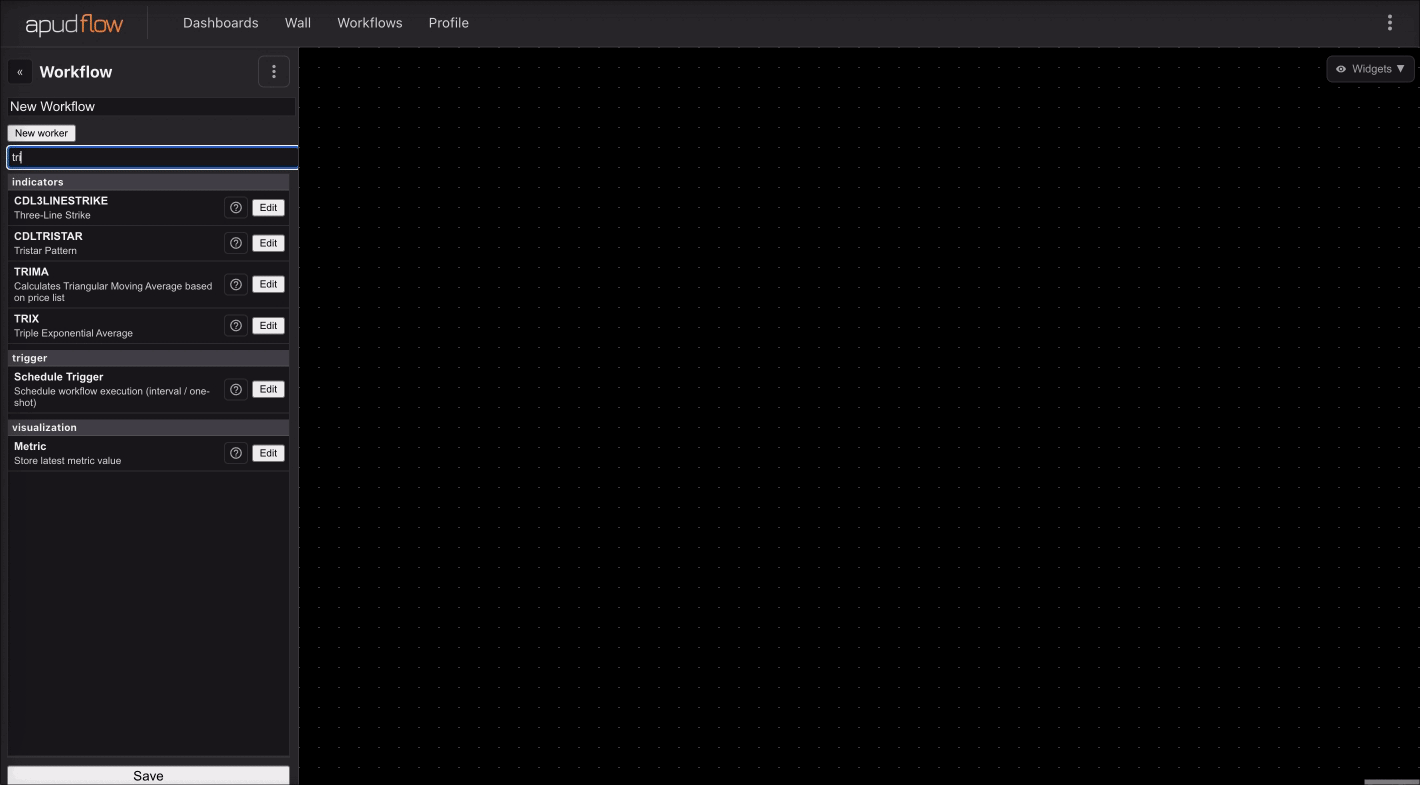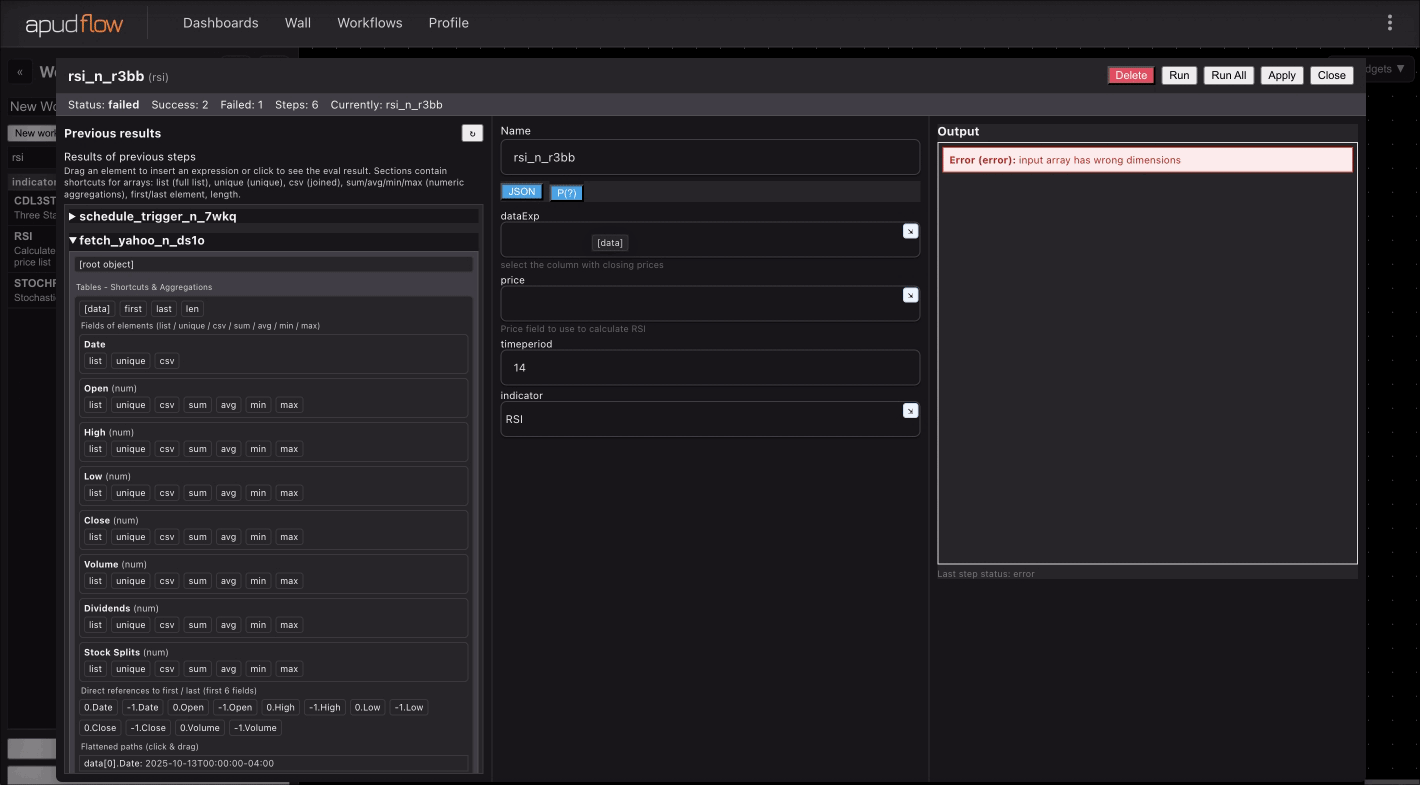Alpha#62
Type:
alpha_62• Category:indicators
Description
Alpha#62 - correlation and rank conditions.
Parameters
| Name | Type | Description | Required | Default |
|---|---|---|---|---|
dataExp | string | price data | no | |
vwap | string | select the column with VWAP | no | |
volume | string | select the column with volume | no | |
open | string | select the column with opening prices | no | |
high | string | select the column with highest prices | no | |
low | string | select the column with lowest prices | no |
Help
Alpha#62
Description
Alpha#62 is an indicator from Alpha 101, a set of formulaic alphas used in investing strategies. This indicator uses correlation and rank conditions to generate a signal.
What does this worker do?
This worker calculates the Alpha#62 indicator value based on the provided price data and other relevant parameters.
How to interpret the results
The Alpha#62 indicator generates a signal based on the correlation and rank conditions. A higher value indicates a stronger buy signal, while a lower value indicates a stronger sell signal.
Parameters
The following parameters are required to calculate the Alpha#62 indicator:
- dataExp: price data
- Type: DataFrame
- Description: Price data used to calculate the indicator
- vwap: select the column with VWAP
- Type: string
- Description: Column name with Volume Weighted Average Price (VWAP)
- volume: select the column with volume
- Type: string
- Description: Column name with trading volume
- open: select the column with opening prices
- Type: string
- Description: Column name with opening prices
- high: select the column with highest prices
- Type: string
- Description: Column name with highest prices
- low: select the column with lowest prices
- Type: string
- Description: Column name with lowest prices
Usage
To use this indicator, simply provide the required parameters and run the worker. The indicator value will be calculated and returned.
Visualizing the Indicator
The following GIFs demonstrate how to use the Alpha#62 indicator:


Reference
For more information on the 101 Formulaic Alphas, please refer to the publication by Zura Kakushadze:
[101 Formulaic Alphas](https://arxiv.org/pdf/1601.00991.pdf)